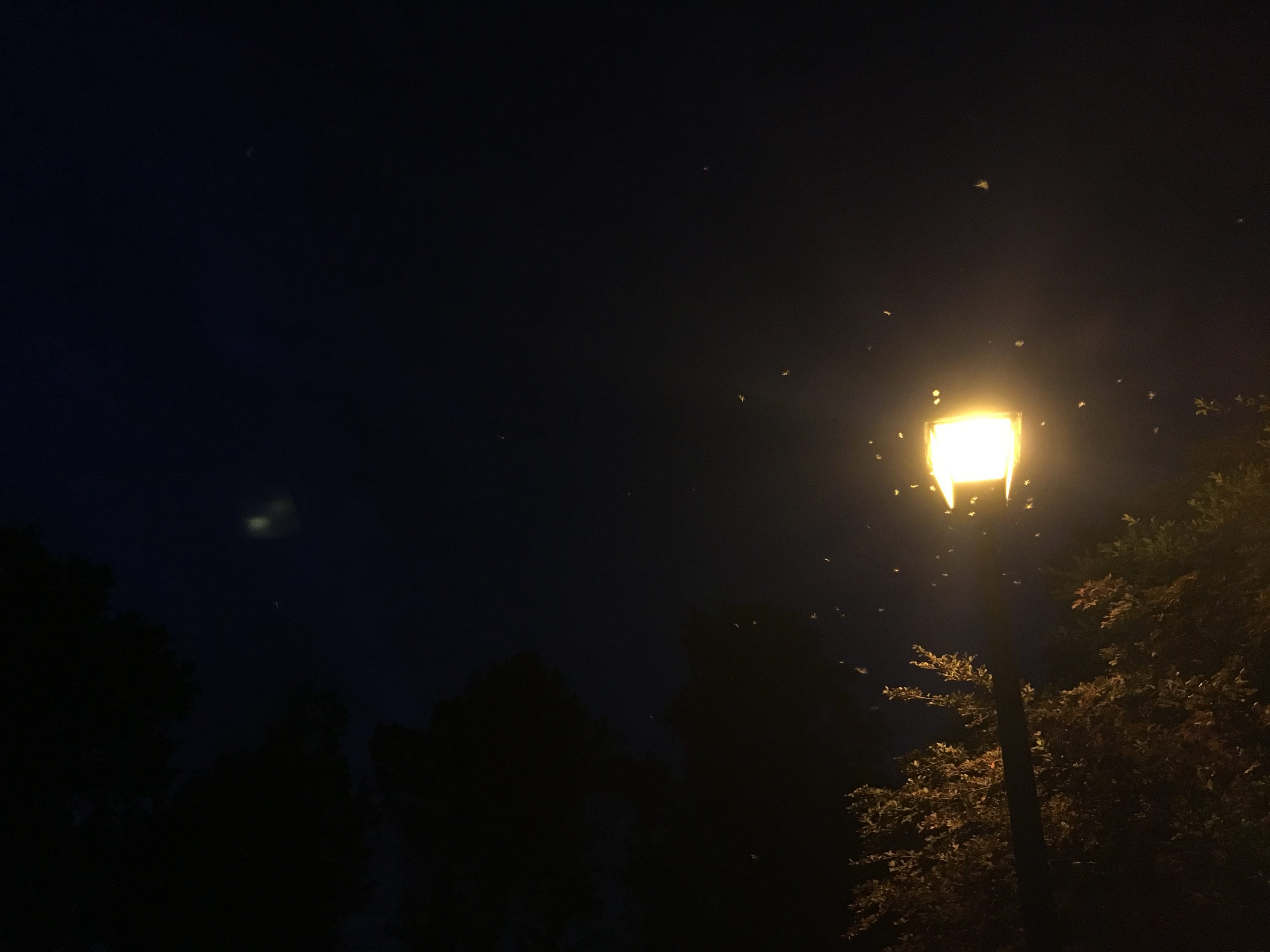
HPD: Suspect arrested for theft, burglary, other charges
May 7, 2020
Terrebonne Booking Log: 05/06 – 05/07/2020
May 7, 2020While having to deal with the COVID-19 pandemic and preparing for hurricane season which is just around the corner, we also have to worry about some pesky little home invaders.
From late April through June is swarm season in Louisiana for the Formosan subterranean termite.
“They swarm at night, and they are attracted to light. So in a heavily infested area, you can notice at night there are hundreds or thousands of swarmers around a single street light,” said Qian Sun, an urban entomologist with the LSU AgCenter.
“If you see the swarmers, for most subterranean termites, it means there is an infestation nearby,” she continued. “It doesn’t necessarily mean your house is infested.”
Sun said there is not much people can do to prevent them from coming out or swarming as it is part of their life cycle, however, there are a few measures residents can take to prevent their infestation.
“Because they are attracted to lights, we can turn off the outside lights; that way we can prevent them from coming nearby the house,” she said. The termites need moisture to survive, Sun explained, so now is a good time for citizens to fix any leaky pipes or faucets. Sun also recommended removing food sources, such as mulch contacting the foundation.
There is currently no repellent on the market for the swarmers, Sun said. Any type of insecticide would kill them, but she doesn’t recommend homeowners use them for the termites.
“The swarmers don’t do damage; they don’t consume wood. They come out from their original colonies to establish new colonies,” she said. “It’s their offspring — the workers that they are going to produce that are going to consume, that are going to make damage.”
Sun continued: “They need moisture and soil for their nest. If there’s no moisture, they will die.”
If the termites are seen in a resident’s neighborhood, or they are getting swarms inside their home – to be on the safe side and make sure the property is not infested – Sun recommends contacting a pest control professional to inspect their property.
There are two major types of termites in Louisiana, Sun explained, subterranean termites and dry wood termites. Subterranean termites have very large colonies — sometimes containing millions — and tunnels underground for food sources, she said, with that food source being anything that has cellulose, including the lumber used to build houses and dead or live trees. Subterranean termites do more damage because of their colony size, she said, as opposed to drywood termites who have very small colonies that forage off of single pieces of wood.
The Formosan subterranean termites are not native to Louisiana or even the United States, Sun said, and were brought into the country from South Asia after World War II. Their peak in the season is usually around Mother’s Day, she said.
“The Formosan subterranean termite is the most costly in the world, and Louisiana is one of the worst infested states,” Sun said in a recent LSU AgCenter article. “This termite loves subtropical areas, so they do really well here.”
Feature Photo by Qian Sun.








